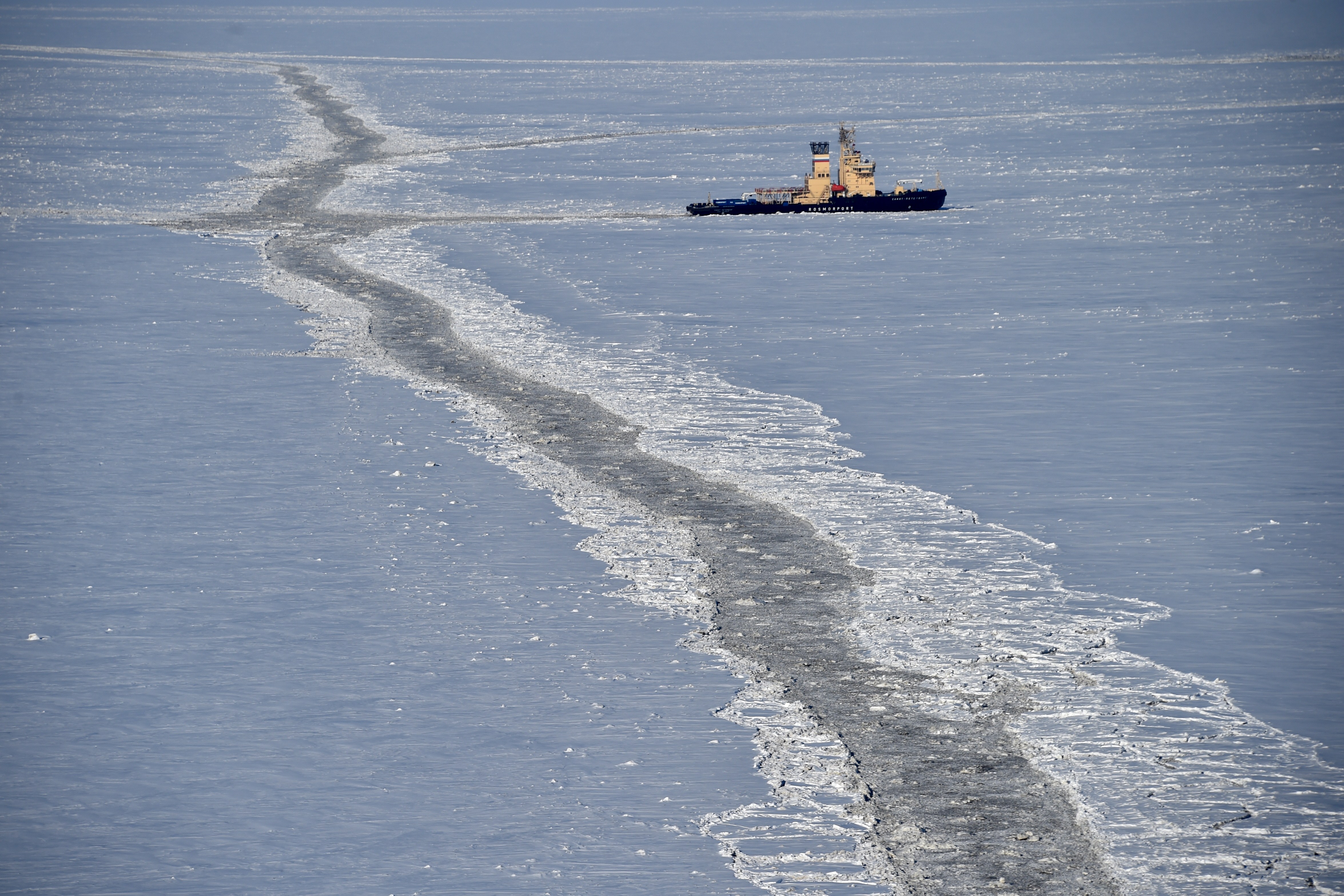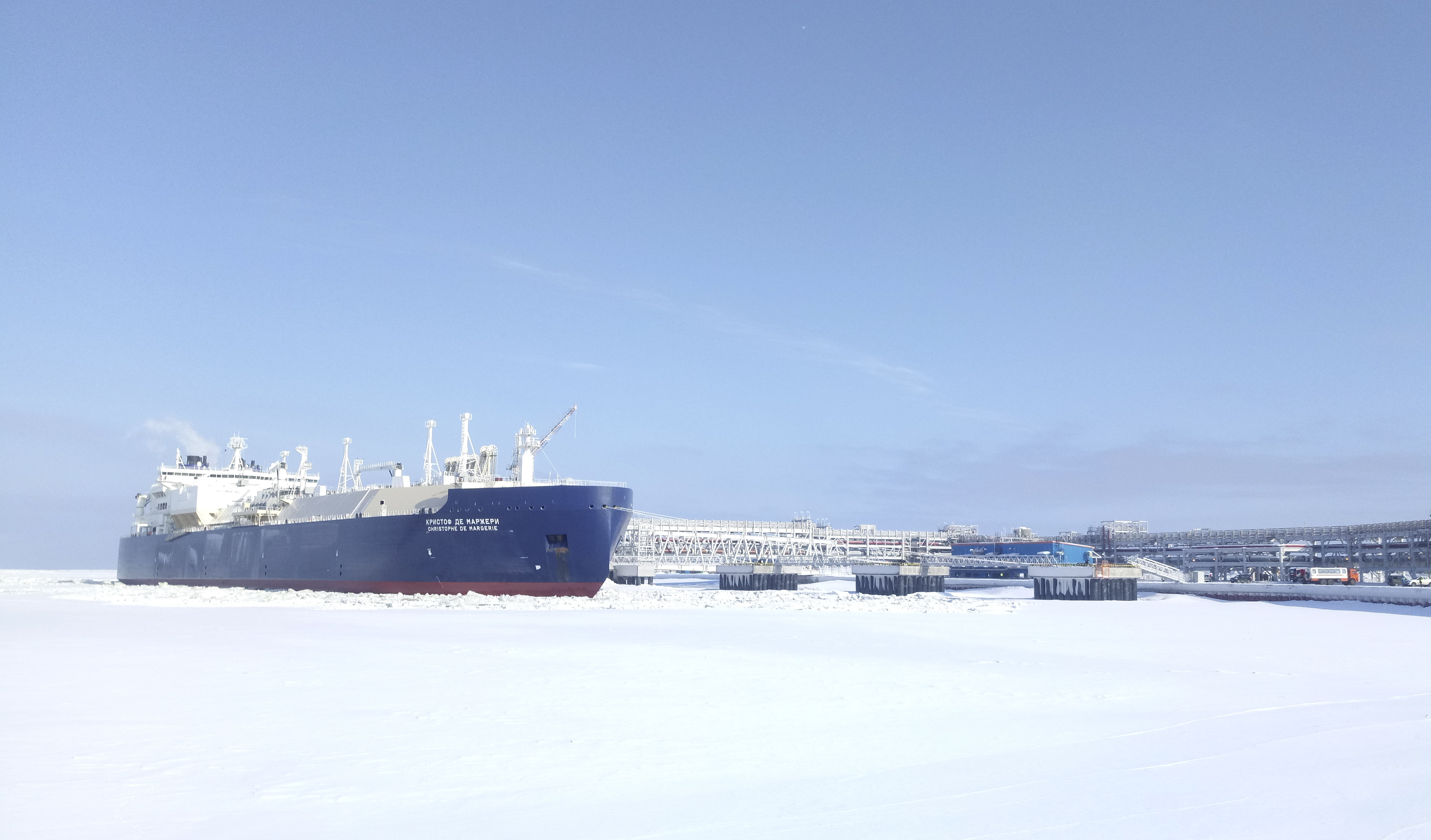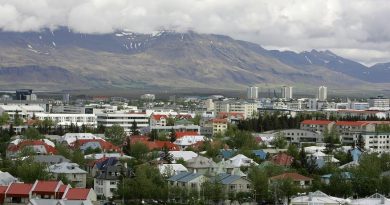As ice layers get thinner, ship sets another Arctic speed record in Russia

It was a year with remarkable growth in Russian Arctic shipping. In the course of 2017, as much as 9,737 million tons of goods was shipped on the Northern Sea Route, an increase of almost 35 percent from 2016.
And several remarkable records were made. Among them is the speed record of the general cargo vessel «Baltic Winter» which spent only 5,6 days on its way from the Bering Strait to the Novaya Zemlya. The ship sailed from the Chinese port of Tàicāng to Bremerhaven in Germany, the Russian Federal Agency of Maritime and River Transport informs.
The «Baltic Winter» is owned by German shipping company Heino Winter and the voyage was completed on 3rd September. “Conditions were good and due to the high ice class no problem for our nice lady”, the shipping company said after the voyage.
One record after another

The crossing followed shortly after the previous speed record of LNG tanker «Christophe de Margerie» which in August sailed the route in 6,5 days.
And several more ships made unique performances. The new LNG tankers «Boris Vilkitsky» and «Fedor Litke» both sailed into the eastern part of the Northern Sea Route in mid-December, and the «Eduard Toll» passed the Bering Strait on its way towards Sabetta as late as 25th December.
That is later than any previous voyages across the route, the Agency of Maritime and River Transport writes in its sum-up of the year.
Major effect on Russia Arctic shipping
The new tankers are all built for the Yamal LNG, Novatek’s grand project on the Yamal Peninsula, which officially opened on 8th December. The natural gas plant will ultimately have a major effect on Russian Arctic shipping. A total of 15 LNG carriers are built for the project which will have an annual peak production of 16,5 million tons.
According to Russian transport authorities, this year’s ice conditions on the Northern Sea Route were favorable for shipping. Spring ice melting in general started approximately half a month earlier than normal.
Remarkable for the year was the situation in the Vilkitsky Strait, traditionally one of the most complex areas for trans-Arctic voyages. In the course of the whole winter period, there was no fast ice formed in the strait. And in the summer period, there was a great number of icebergs in the area which posed risks for the ships.
The minimum extension of the Arctic ice cap during the year was 4,62 million square kilometers and was registered on 12th September. It is the 7th lowest on record, the Agency of Maritime and River Transport informs.
Related stories from around the North:
Canada: Arctic nickel, not oil, could soon power the world’s cars, Blog by Mia Bennett, Cryopolitics
Finland: A cruise ship bound for the North Pole, The Independent Barents Observer
Norway: An international collaboration behind Russia’s second Arctic LNG project, The Independent Barents Observer
Russia: Arctic seaports bustle as shipping on Russia’s Northern Sea Route reaches new high, The Independent Barents Observer
Sweden: Swedish minister Margot Wallström takes on the lead in Barents, Radio Sweden
United States: Big questions emerge over $43 billion gas-export deal between Alaska and China, Alaska Dispatch News



